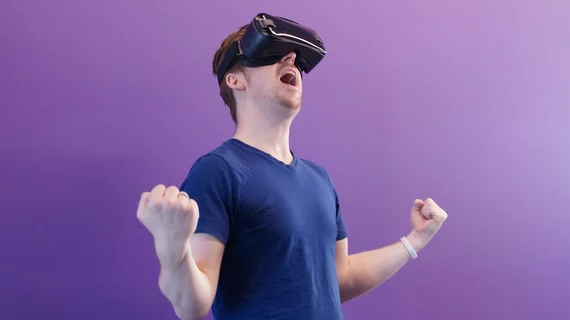Virtual reality can help quell perceptions of pain as well as dampening the prickling sensations that patients with nerve damage sometimes experience upon being touched.
The study behind the findings is posted in the Journal of Pain and publicized in a news release sent by the University of Plymouth in the U.K.
Comparing the use of 3-D, 360-degree scenes of the frigid Arctic with 2D versions of the same scenes—“sham VR”—Sam Hughes, PhD, and colleagues found the latter significantly less effective.
The project shows that “exposure to an immersive virtual reality environment can modulate perceptual correlates of endogenous pain modulation and secondary hyperalgesia in a human surrogate pain model,” the authors write. “These results suggest that virtual reality could provide a novel mechanism-driven analgesic strategy in patients with altered central pain processing.”
To this Hughes adds in the news release:
It’s brilliant that we’ve seen these results as it shows more evidence that virtual reality can not only reduce pain perception in human models of chronic pain but also gives us insight into the mechanisms behind this effect. The next step of course is to conduct the study with people who experience chronic pain to see if it works for them. If it does work, it could be a really helpful in forming part of ongoing pain management by helping to target the dysfunctions in the brain that underpin chronic pain.

